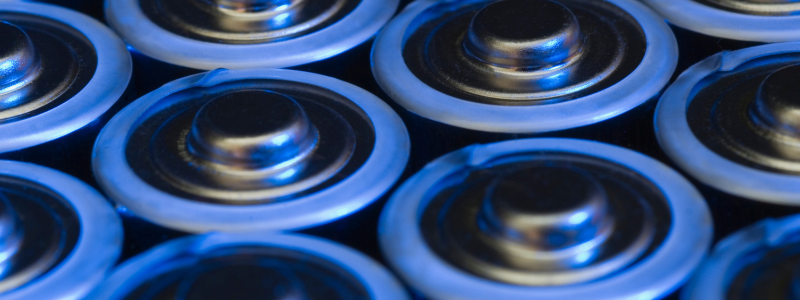Introduction
As many states and industries undergo a widespread shift from fossil fuels to emission-free electrification, batteries are becoming a crucial storage tool to facilitate energy transition. With falling costs, advancing innovation and supportive policies, the demand for this technology (essential for achieving climate and energy targets) is only increasing, according to a recent IEA report.
What is a battery?
Simply put, a battery is a device that stores energy and discharges it by converting chemical energy into electricity. Batteries typically consist of one or more electrochemical cells connected in series or parallel.

Figure 1: Example of an assembled battery and Figure 2: Different options for cells’ connections
What about the cell?
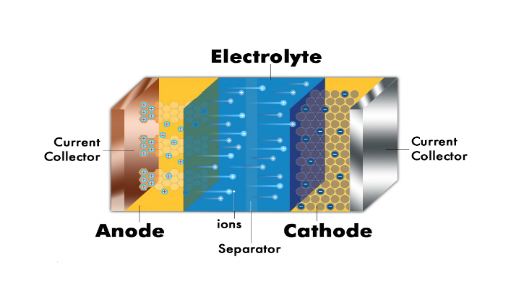
Figure 3: Components of the cell
A cell is a unit that generates electricity through a chemical process. A standard cell includes two terminals (electrodes) immersed in an electrolyte, separated by a porous wall that allows electricity to flow. The anode (negative terminal) gains electrons, while the cathode (positive terminal) loses electrons. This electron exchange creates a potential difference, generating an electric current.
Various materials can be used in cell production, particularly for the electrodes, with some of the most common battery types being alkaline, lithium-ion, lithium-polymer and nickel-metal hydride. Unfortunately, the extraction and production of these materials can detrimentally impact on the environment as these processes involve harmful substances and have a significant carbon footprint. This industry is also driving the issue of resource depletion due to the high demand for more sustainable energy and critical metals for battery manufacturing.
Different battery types
The energy and power density of a battery depends on the specific chemicals it contains, which determines its most suitable applications. The chart below demonstrates this variation clearly.
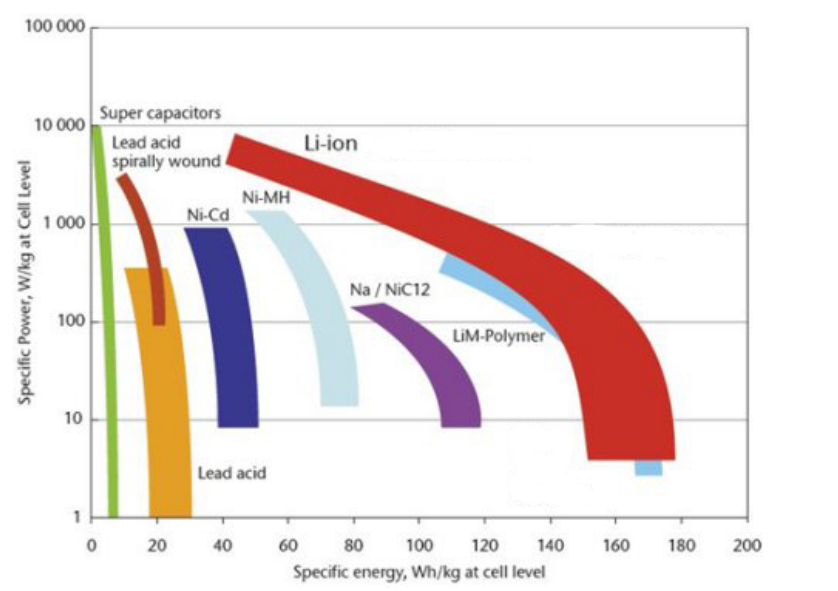
Figure 3: Different types of batteries and their energy and power densities
High power density and high energy density batteries both serve different purposes based on their distinct characteristics. High power density batteries are designed to deliver a large amount of power quickly, measured in watts per kilogram (W/kg) or watts per liter (W/L), making them ideal for applications requiring rapid bursts of energy, such as power tools and electric vehicle acceleration. On the other hand, high energy density batteries are optimised to store a significant amount of energy relative to their weight or volume, measured in watt-hours per kilogram (Wh/kg) or watt-hours per liter (Wh/L). This makes them crucial for applications like smartphones, laptops and electric vehicles that require a longer-lasting energy supply.
Why are batteries being regulated?
With the growing use of batteries, particularly for green technologies, it’s important to consider both the technical aspects of the batteries and their response to sustainability requirements. Regulating batteries helps to reduce and mitigate the associated environmental and health risks, ensuring that the batteries are sustainable.
What is the new EU regulation on batteries?
In line with the circular economy objectives of the European Green Deal, the new Batteries Regulation (EU) 2023/1542, adopted in July 2023, covers the entire lifecycle of batteries, from sourcing and manufacturing to use and recycling. The new regulation ensures that EU batteries are safe, sustainable and competitive.
This regulation supersedes the previous directive (2006/66/EC), which focused on ‘end-of-life’ battery procedures. The newly established regulation directly applies to all member states without requiring transposition into national law. It also represents the first piece of European legislation to adopt a comprehensive lifecycle approach to batteries and waste batteries, regulating procurement, manufacturing, use and recycling within a single framework.
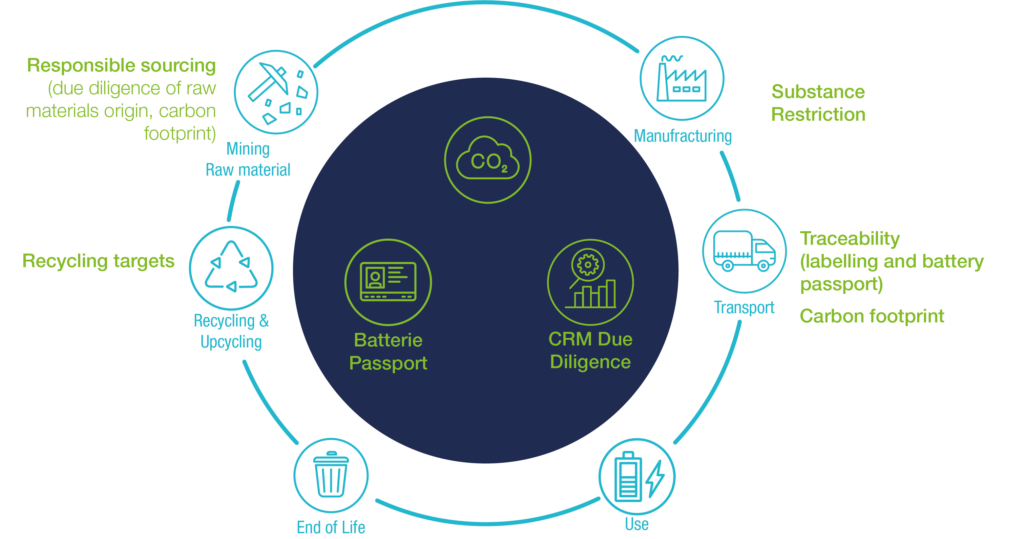
Figure 4: Full battery lifecycle approach to regulatory requirements
Depending on the role of the economic operator, a tailored compliance scheme must be implemented to demonstrate compliance. The role of the producer in this regulation is broadened to include every manufacturer, importer, distributor, or other entity that, regardless of the sales method, either:
- Manufactures or commissions the production of batteries under its name or trademark within a Member State
- Resells batteries under its name or trademark within a Member State
- Professionally supplies batteries from another Member State or third country within that state
- Sells batteries directly to end-users via distance contracts while based in another Member State or third country
This extended definition ensures producers remain responsible for these products throughout the entire lifecycle.
What types of batteries are concerned by this EU regulation?
The regulation applies to all batteries, whether designed to be integrated into or added to products, classifying them according to various technical criteria as well as their scope of application.
The number of categories has increased from three in the previous directive (portable battery, industrial battery and automotive battery) to five categories. The two new categories include Light Means of Transport (LMT) and electric vehicles.
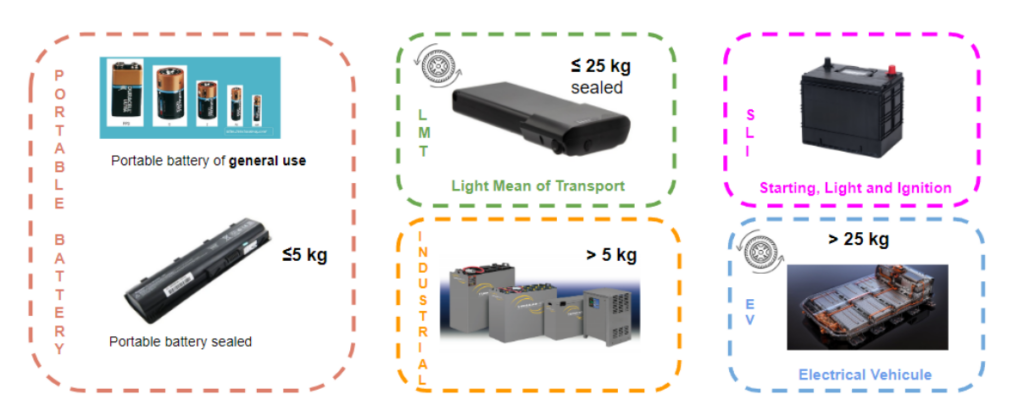
Figure 5: Battery types according to the new regulation
This change reflects the rapid growth of battery-powered transport options and the upcoming 2035 ban on combustion-engine vehicles, which aims to reduce the carbon impact of the numerous batteries used in electric vehicles.
The obligations and deadlines are defined for specific types of batteries, meaning different battery types are affected by different requirements.
For example, the carbon footprint calculation applies to industrial batteries, not portable ones.
What makes a battery sustainable?
A battery’s sustainability is determined by assessing the following factors:
- CO2 footprint: Declaration, performance classification and thresholds
- Substances: Compliance with the threshold value
- Recycling and recovery: Targets regarding the chemical content of the battery
- Performance & durability: Declaration and compliance with minimum values regarding capacity, internal resistance, expected lifetime and more.
- Due diligence: Policy management system, risk management, third-party verification/report
- Product information & traceability: Digital battery passport and labels
Focus on carbon footprint
Article 7, titled “Carbon footprint of EV batteries, rechargeable industrial batteries and LMT batteries”, outlines one of the main requirements concerning the environment.
- 7.1 requires manufacturers to declare the carbon footprint for each rechargeable industrial battery model (capacity exceeding 2 kWh, without external storage) produced at their plant
- 7.2 mandates the declaration of a carbon footprint performance class for every battery model at each manufacturing plant
- 7.3 stipulates that the declared carbon footprint for each battery model at a plant must fall below the maximum threshold set for its category
Typically, European institutions start by proposing an initial, broad regulatory framework and then gradually add specific requirements for different product categories. As a result, these requirements are phased in over time, allowing businesses to focus on prioritisation. For carbon footprint alone, 12 delegated acts are to be adopted between 2024 and 2032, with electric vehicles given priority.
As time goes on, these requirements will become increasingly stringent, starting with calculation methods and progressing to specific greenhouse gas emission thresholds. As a result, industries must implement regulatory monitoring and plan a roadmap for compliance.
Focus on product information & traceability: battery passport
Traceability and transparency requirements are getting stricter. Producers will now be directly responsible for implementing battery passports. This means they’ll need to understand how to create and maintain these passports throughout a battery’s entire life cycle.
Under the new EU Batteries Regulation, certain stages of the battery life cycle are particularly challenging to integrate and monitor in the battery passport. These include the raw material sourcing phase, where tracking the provenance of critical materials like lithium or cobalt is complex due to global supply chains and ethical concerns. Additionally, the end-of-life stage, involving collection, recycling and reuse, presents difficulties in ensuring accurate data on the battery’s recycling process and material recovery. Monitoring these stages requires advanced traceability mechanisms, as well as cooperation across international actors and industries, to meet sustainability and transparency goals.
While batteries are the first product category with this requirement, the product passeport is also part of the new eco-design regulation adopted last June. We can expect other product types to be affected in the near future.
Do you need help meeting these new requirements? Contact our experts.
Conclusion
Batteries are breaking new ground as the first product to face such extensive regulations on carbon emissions, recycling and reuse. This marks a significant shift in the regulatory framework, as referenced by the eco-design directive.
The new life cycle approach, unlike its predecessor, serves as a tool for decarbonisation. This approach will influence battery choices, particularly concerning chemistry, placing a greater responsibility on producers.
In the coming years, we can expect numerous delegated acts to follow, especially surrounding carbon footprints. These requirements are set to get stricter over time, starting with how we calculate emissions, leading to specific greenhouse gas limits.
Sources:
(Regulation (EU) 2023/851: Regulation – 2023/851 – EN – EUR-Lex)


